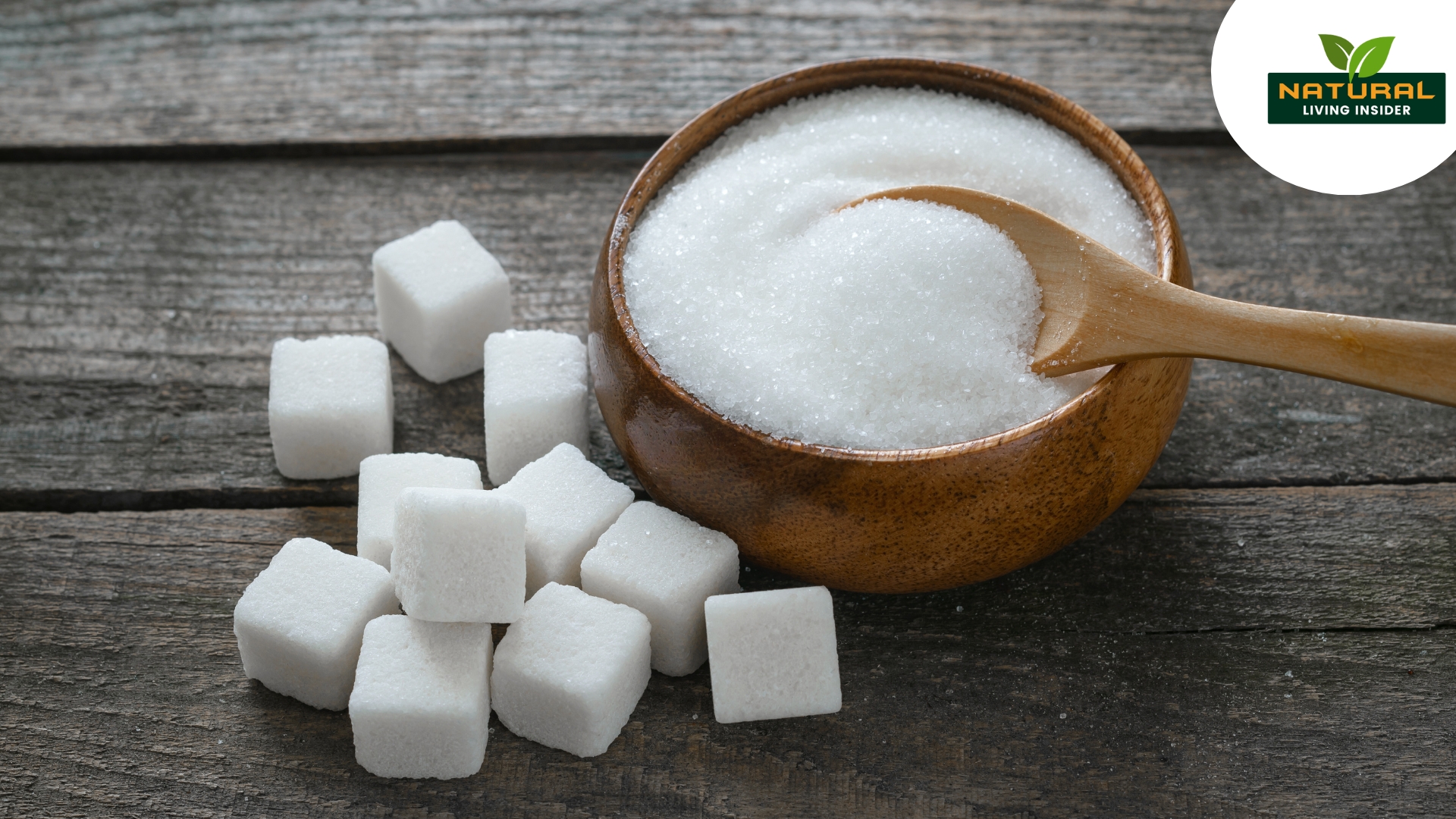
Sweetness is something we all crave—but with growing concerns about obesity, diabetes, and heart disease, many people are rethinking their sugar intake. In this context, sugar alcohols have gained popularity as low-calorie, “healthier” alternatives to traditional sugar. But are they truly better for your health?
Let’s dive deep into what sugar and sugar alcohols are, how they work in the body, their pros and cons, and finally, which one might be the better choice for you.
Table of Contents
- What Is Sugar?
- Types of Sugars
- Where Sugar Comes From
- How Sugar Affects Your Body
- What Are Sugar Alcohols?
- Common Types of Sugar Alcohols
- How They’re Made
- Why Use Sugar Alcohols?
- Key Differences: Sugar vs. Sugar Alcohol
- Similarities Between Sugar and Sugar Alcohols
- Risks and Side Effects
- Who Should Choose What?
- Which Is Better?
What Is Sugar?
Sugar is a type of simple carbohydrate that the body uses as a quick source of energy. It's naturally present in many whole foods and is also commonly added to processed foods for taste, texture, and shelf life.
Types of Sugars
Sugar can be categorized based on its molecular structure:
-
Monosaccharides (Single Sugar Units):
-
Glucose – The most basic energy source for the human body.
-
Fructose – Found in fruits and honey.
-
Galactose – Found in dairy products.
-
-
Disaccharides (Two Sugar Units):
-
Sucrose (Table Sugar) – Made of glucose and fructose.
-
Lactose – Found in milk, made of glucose and galactose.
-
Maltose – Found in malted grains, made of two glucose units.
-
Where Sugar Comes From
-
Natural Sources: Fruits, vegetables, milk, and honey.
-
Refined/Added Sugars: Table sugar, high-fructose corn syrup, and other sweeteners added to soft drinks, candies, cereals, and baked goods.
-
Production: Table sugar is commonly produced from sugarcane or sugar beets.
How Sugar Affects Your Body
-
Provides immediate energy, as it is quickly digested and absorbed.
-
Raises blood glucose levels rapidly, triggering insulin production.
-
Promotes weight gain when consumed in excess due to excess calorie intake.
-
Contributes to tooth decay, especially when oral hygiene is poor.
-
Long-term high consumption is linked to:
-
Type 2 diabetes
-
Heart disease
-
Obesity
-
Non-alcoholic fatty liver disease (NAFLD)
-
What Are Sugar Alcohols?
Sugar alcohols, also known as polyols, are carbohydrate-based sweeteners that provide the taste of sugar but with fewer calories and a reduced effect on blood glucose levels.
Common Types of Sugar Alcohols
-
Xylitol – About as sweet as sugar; commonly found in gum, toothpaste.
-
Erythritol – Very low-calorie and gentle on digestion.
-
Sorbitol – Often found in sugar-free candies and gums.
-
Mannitol – Used in sugar-free products and pharmaceuticals.
-
Maltitol – Popular in sugar-free chocolates and baked goods.
-
Lactitol – Used in diabetic-friendly desserts.
-
Isomalt – Heat stable, used in sugar-free hard candies.
How They’re Made
Although small amounts occur naturally in fruits and vegetables, commercial sugar alcohols are usually chemically processed from sugars and starches—often through a process called hydrogenation.
Why Use Sugar Alcohols?
-
Lower Calorie Content: 0.2 to 3 calories per gram (vs 4 cal/g for sugar).
-
Low Glycemic Index: They don’t spike blood sugar like regular sugar.
-
Dental Benefits: Do not promote tooth decay; xylitol may even prevent it.
-
Useful for Diabetics: Often used in sugar-free products suitable for blood sugar control.
Key Differences: Sugar vs. Sugar Alcohol
| Feature | Sugar | Sugar Alcohol |
|---|---|---|
| Calories per gram | 4 | 0.2–3 |
| Blood Sugar Impact | High | Low to moderate |
| Tooth Decay | Promotes cavities | Tooth-friendly |
| Natural Occurrence | Yes | Yes, in small amounts |
| Digestive Impact | Easily absorbed | Poorly absorbed—may cause bloating or diarrhea |
| Sweetness | High | Varies (Xylitol is equal, others are less sweet) |
| Usage | Used in most sweet foods | Used in sugar-free or diabetic products |
Similarities Between Sugar and Sugar Alcohols
While they differ in structure and digestion, they do have a few things in common:
-
Naturally Occurring: Both can be found in fruits and vegetables.
-
Processed for Use: Most commercially available sugar and sugar alcohols are refined or processed.
-
Overconsumption Risks: Excessive intake of either can have negative health consequences—sugar may lead to obesity and diabetes, while sugar alcohols can cause digestive discomfort.
Risks and Side Effects
Too Much Sugar Can Lead To:
-
Weight gain and obesity
-
Type 2 diabetes
-
Inflammation and heart disease
-
Tooth decay
-
Fatty liver and metabolic syndrome
Too Much Sugar Alcohol Can Cause:
-
Gas, bloating, and abdominal discomfort
-
Diarrhea (especially with sorbitol, maltitol)
-
Potential risk of cardiovascular impact with excessive intake (ongoing research)
-
Unintended overconsumption due to reduced sweetness
Who Should Choose What?
Choose Sugar if:
-
You’re eating whole foods (like fruits, dairy).
-
You’re engaging in high-intensity activities and need quick energy.
-
You’re consuming it in small, controlled amounts.
Choose Sugar Alcohol if:
-
You have diabetes or are on a low-carb/keto diet.
-
You're looking to manage calorie intake.
-
You want to reduce sugar without giving up sweetness.
-
You want to protect your dental health.
However, always check labels carefully. “Sugar-free” does not always mean carbohydrate-free or calorie-free.
Which Is Better?
There is no one-size-fits-all answer. Both sugar and sugar alcohols have a place in a balanced diet—if used wisely.
-
Sugar is natural and well tolerated in moderation—but too much can be harmful.
-
Sugar alcohols offer benefits like fewer calories and less impact on blood sugar, but can cause digestive issues if overused.
The best strategy?
👉 Limit both added sugars and sugar alcohols and focus on naturally sweet whole foods like fruits, vegetables, and dairy. For sweetness, small quantities of either can be okay—balance is the key.


